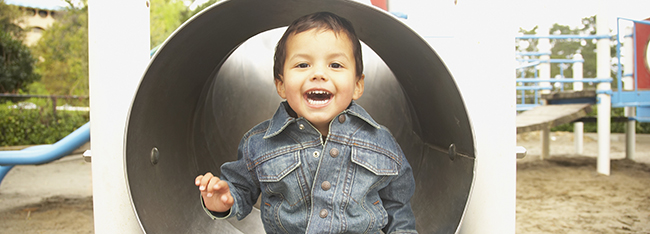Study of the Native American and Alaska Native Children in School Program: FY 2011 and FY 2013 Cohorts

The Native American and Alaska Native Children in School (NAM) discretionary grants program aims to reduce the persistent achievement gap between Native American and Alaska Native (NA/AN) youth and their peers in reading and English language arts (ELA) and college readiness in reading.
NA/AN students enter school with varying levels of skill in the English used in classrooom instruction. The purpose of the NAM program is to build or improve NA/AN English learners’ English language proficiency skills to promote their overall academic success, while simultaneously honoring and promoting NA/AN languages and cultures.
This qualitative study examined the types of activities grantees funded, and the perceived benefits, challenges, and lessons learned that they experienced in implementing these activities.
Research Highlights
- Ninety-five percent of grantees identified improving students’ ELP as a primary focus area of their grants, followed by revitalizing NA/AN languages and cultures (68 percent).
- Grantees most commonly used NAM funds for instructional personnel salaries and instructional materials or services (95 percent each); grantees also used funds for professional development, curriculum development, and technology resources.
- All of the grantees reported working with at least one partner particularly to gain professional or cultural expertise to support funded activities; the most common types of partners across all grantees were tribes, nontribal colleges and universities, and community-based organizations.
- Grantees’ most frequently reported data to monitor progress were state ELP assessment results (74 percent) and state ELA assessments results (58 percent). Grantees reported Native language proficiency data less frequently (32 percent).
- Grantees’ most commonly reported benefits were gains in revitalization of NA/AN languages and cultures and increases in students’ English language proficiency.
- Grantees’ most frequently reported challenges were limited staff capacity, low parent and family engagement, and lack of adequate assessment data.
